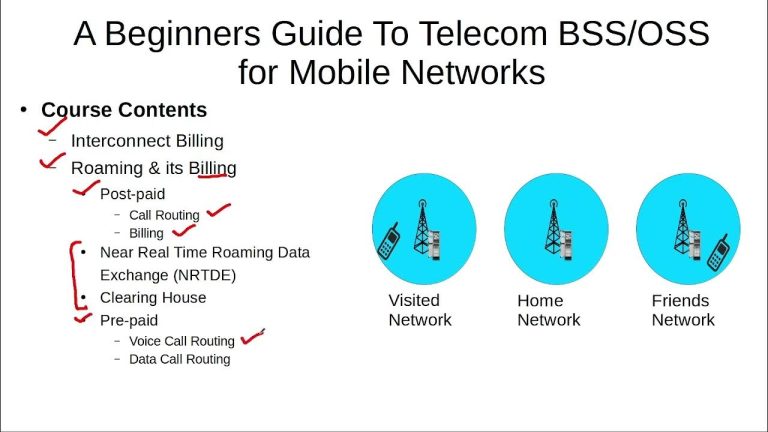Understanding 5G Technology: A Comprehensive Essay
The evolution of wireless communication has seen remarkable advancements over the past few decades. From the first-generation (1G) networks that enabled voice calls to the fourth-generation (4G) networks that introduced high-speed internet, each step has revolutionized connectivity. Now, the fifth-generation (5G) technology is set to bring another transformative shift, promising ultra-fast speeds, lower latency, and enhanced connectivity. This essay explores the fundamentals of 5G technology, its benefits, challenges, and future implications.
What is 5G Technology?
5G is the latest generation of mobile network technology designed to significantly improve wireless communication. It operates on higher frequency bands, including millimeter waves (mmWave), sub-6 GHz, and other spectrum ranges, allowing for faster data transmission. Unlike its predecessors, 5G utilizes advanced network architecture, including small cells, massive MIMO (Multiple Input Multiple Output), and beamforming, to enhance coverage and efficiency.
Key Benefits of 5G Technology
The implementation of 5G brings numerous advantages across various industries. Some of the most significant benefits include:
1. Faster Data Speeds
5G networks offer speeds up to 100 times faster than 4G LTE. With potential peak speeds reaching 10 Gbps, users can download high-definition movies within seconds and experience seamless streaming without buffering.
2. Ultra-Low Latency
Latency refers to the time taken for data to travel from the sender to the receiver. 5G reduces latency to as low as one millisecond, making real-time applications, such as autonomous driving and remote surgeries, more reliable and efficient.
3. Enhanced Connectivity
5G technology supports a higher density of connected devices, making it ideal for the Internet of Things (IoT). This ensures seamless communication between smart devices, including home automation systems, industrial sensors, and healthcare devices.
4. Improved Network Efficiency
With better spectrum utilization and advanced networking techniques, 5G enhances network capacity and efficiency. This means that more users can access high-speed internet simultaneously without experiencing congestion.
5. Economic and Technological Growth
The adoption of 5G is expected to drive innovation across multiple sectors, including healthcare, transportation, education, and entertainment. It will enable new business models, boost productivity, and contribute to global economic growth.
Challenges and Limitations of 5G Technology
Despite its numerous benefits, 5G technology also comes with several challenges that need to be addressed for successful deployment.
1. High Deployment Costs
Building a 5G infrastructure requires significant investment in new base stations, fiber-optic cables, and small cells. This can be a financial burden for telecom companies and governments, especially in developing regions.
2. Limited Coverage
Since 5G operates on high-frequency bands, its coverage is relatively limited compared to 4G. The signal strength weakens over long distances and can be easily obstructed by buildings, trees, and other obstacles, requiring a dense network of small cells.
3. Security and Privacy Concerns
With an increasing number of connected devices, cybersecurity risks also rise. Protecting user data and preventing cyber threats will be crucial in ensuring a secure 5G ecosystem.
4. Regulatory and Infrastructure Challenges
The implementation of 5G requires governments and regulatory bodies to allocate spectrum bands and develop supportive policies. Additionally, upgrading infrastructure in rural and underdeveloped areas remains a challenge.
The Future of 5G Technology
The future of 5G is promising, with ongoing advancements paving the way for next-generation applications. As 5G becomes more widespread, we can expect significant progress in artificial intelligence (AI), augmented reality (AR), virtual reality (VR), and smart cities. The combination of 5G with emerging technologies will create new opportunities for industries, leading to an interconnected digital world.
In conclusion, 5G technology is set to revolutionize the way we communicate, work, and interact with our surroundings. While challenges exist, the potential benefits far outweigh the limitations. As global adoption increases, 5G will undoubtedly shape the future of connectivity, transforming industries and enhancing our daily lives.







